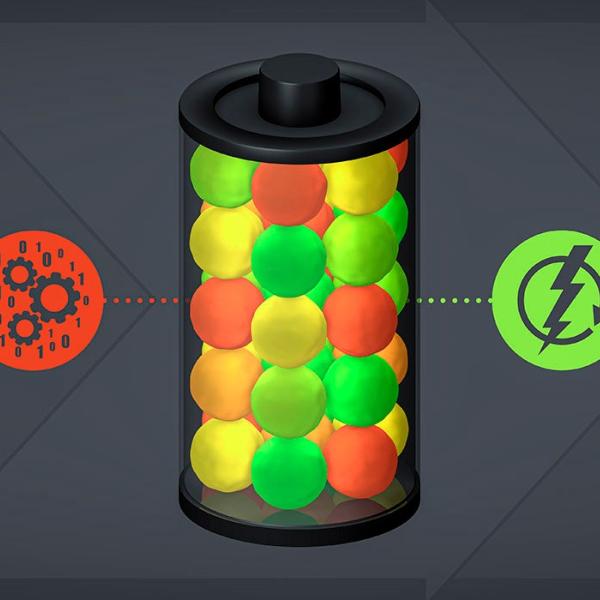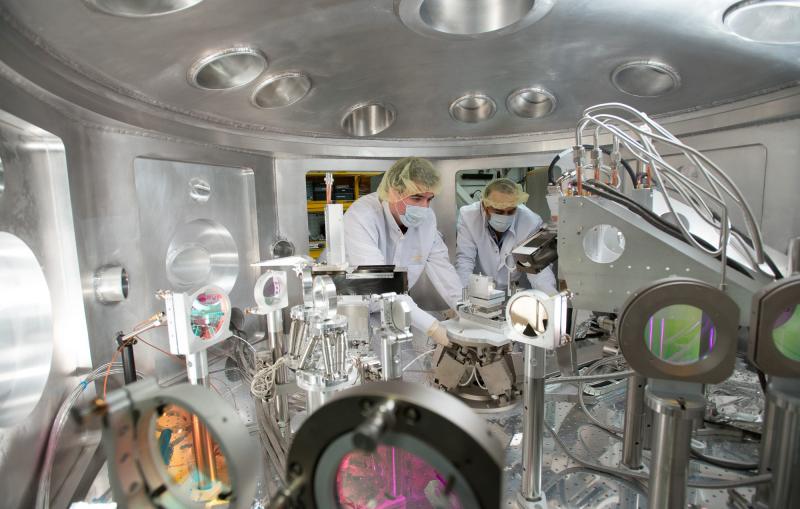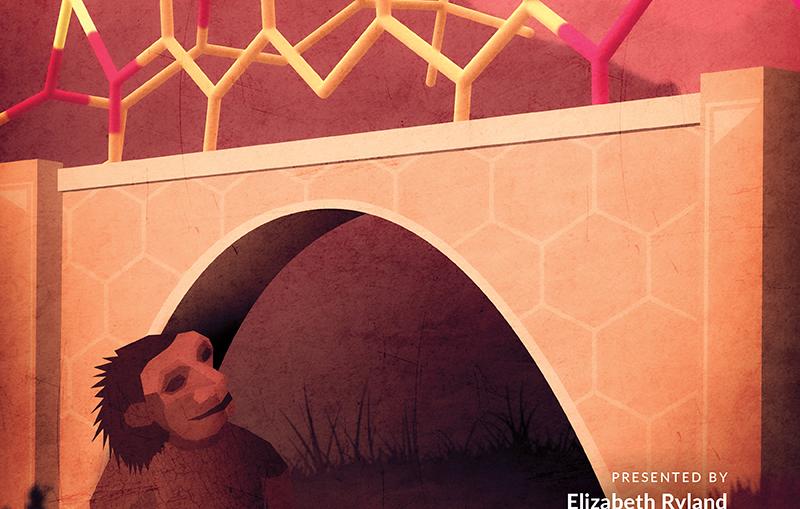One of the biggest challenges in developing battery technologies is that they take a long time.
And now we have developed a new way to substantially reduce the time needed to develop a new battery technology.
One of the big opportunities in electric vehicles is to make the recharging time on par with
refueling time of conventional internal combustion engine vehicles.
To do this we have to develop battery technology that can recharge in minutes rather than hours.
Charging batteries quickly often comes at the expense of reducing their lifetime.
So designing a battery that can recharge quickly while offering a long lifetime is a paramount task.
So what we have accomplished here is to use scientific machine learning to dramatically
accelerate the R&D needed to make a faster recharging battery.
There are three major ingredients in this work.
First we're making observations inside the battery as they charge.
This is achieved using X-ray experiment at SLAC and at Berkeley lab.
The second ingredient is the human insight.
Our ability to understand what is happening inside the battery at atomic scale.
And the third and the final piece is to use scientific machine learning to combine all
of these ingredients together to help answer the question: "what is happening inside the
battery during fast charging? and how can we make better batteries?"
So before this work, we had thought that the individual particles in the batteries,
there are about several billions of them in a battery cell, all behave similarly.
And then what the differences are is how lithium is moving inside each particle.
But as a result of the work we're doing here, we've discovered the reality is very different.
As you charge a battery quickly the difference actually exists between particles,
rather than within particles.
So this is painting a very different picture of how lithium moves inside in and out of
the battery during fast charging.
What we have discovered in this work, is that during fast charging the battery particles
are extremely non-uniform.
And this is responsible for the degradation.
Our challenge is clear.
We now need to think about how to make better batteries that eliminate these heterogeneities
so it can charge more uniformly leading to longer lasting batteries that can be recharged
as quickly as gasoline is refilled for internal combustion engine cars.
I think the greater implication of our work is that we have the ingredients to really
accelerate the development of new battery technologies by combining advanced characterization,
human insight and machine learning.
We're very much looking forward to use the convergence of these three approaches to dramatically
accelerate the time to market for new battery technologies.






